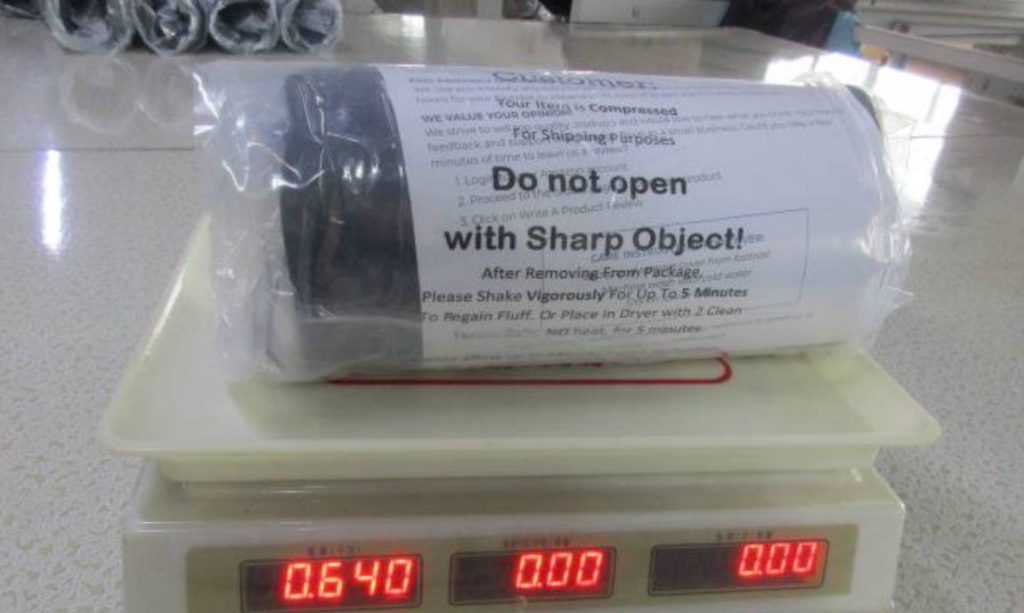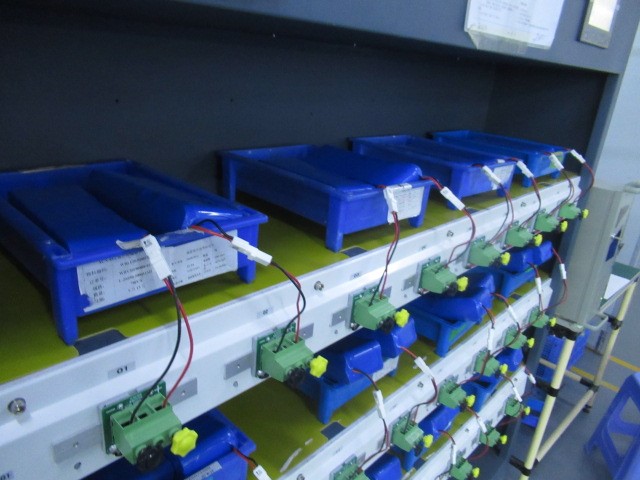
In an era of global trade, ensuring product quality is a paramount concern for international buyers. When sourcing goods from Chinese suppliers, foreign clients can effectively manage quality control by partnering with local third-party inspection agencies. This article aims to explore how international buyers can collaborate with Chinese third-party inspection agencies like NBNQC to minimize inspection costs while ensuring that product quality meets their expectations.
Contents
1. Understanding the Role of Third-Party Inspection Agencies:
Third-party inspection agencies act as independent entities responsible for assessing product quality on behalf of international buyers. They provide objective evaluations throughout the production process, from initial manufacturing stages to final inspections before shipment. These agencies play a crucial role in bridging the trust gap between buyers and suppliers, ensuring compliance with quality standards, specifications, and regulatory requirements.
2. Benefits of Collaborating with Chinese Third-Party Inspection Agencies:
a. Cost Reduction: By partnering with a local third-party inspection agency, foreign buyers can minimize costs associated with travel expenses, on-site inspection personnel, and infrastructure setup. Instead, they can leverage the expertise and established infrastructure of these agencies to conduct inspections in a cost-effective manner.
b. Expertise and Local Knowledge: Chinese inspection agencies possess extensive experience in the local market, industry-specific knowledge, and familiarity with regulatory frameworks. Their expertise allows them to identify potential quality issues and address them proactively, leading to improved product quality.
c. Risk Mitigation: Partnering with a third-party inspection agency helps international buyers mitigate the risk of receiving substandard or defective products. Inspections at various stages of production, including pre-production, in-line, and pre-shipment inspections, help identify and rectify quality issues early, minimizing the chances of costly product recalls or customer dissatisfaction.
d. Enhanced Supplier Relationship: Collaborating with a third-party inspection agency fosters a cooperative relationship with Chinese suppliers. It demonstrates the buyer’s commitment to quality and enables effective communication and collaboration between all parties involved, leading to improved supplier performance and accountability.
3. Key Considerations for Effective Collaboration:
a. Selecting the Right Inspection Agency: When choosing a Chinese third-party inspection agency, it is essential to assess their reputation, experience, and expertise in the specific industry and product category. Look for agencies that are accredited, have a track record of quality services, and employ qualified inspectors with relevant certifications.
b. Clear and Specific Inspection Criteria: International buyers should clearly communicate their quality standards, requirements, and inspection criteria to the third-party agency. This includes defining acceptable tolerances, performance benchmarks, and any specific regulations or standards that must be met.
c. Comprehensive Inspection Plans: Developing a comprehensive inspection plan with the agency ensures that inspections cover critical stages of production and specific quality checkpoints. This plan should be mutually agreed upon and regularly updated to accommodate any changes in production or buyer requirements.
d. Effective Communication Channels: Establishing open and transparent communication channels with the inspection agency and Chinese suppliers is vital for successful collaboration. Timely exchange of information, feedback, and documentation helps address issues promptly and ensures smooth coordination throughout the inspection process.
4. Leveraging Technology for Efficiency:
a. Digital Reporting and Communication: Embracing digital platforms and tools for reporting and communication streamlines the inspection process. Utilizing online portals, mobile apps, and real-time communication channels allows for efficient data sharing, report generation, and instant feedback, reducing turnaround time and enhancing overall collaboration.
b. Remote Monitoring and Live Inspections: Advancements in technology enable remote monitoring of production processes and live inspections via video streaming. This approach minimizes costs associated with on-site visits while maintaining real-time visibility into production and quality control activities.
c. Data Analytics and Trend Analysis: By collecting and analyzing inspection data over time, international buyers can identify recurring quality issues, patterns, and trends. This helps in implementing preventive measures, supplier training, and continuous improvement initiatives to enhance overall product quality and supplier performance.

Collaborating with Chinese third-party inspection agencies like NBNQC empowers international buyers to optimize quality control processes while minimizing inspection costs. By leveraging the expertise, local knowledge, and infrastructure of these agencies, foreign clients can ensure that the products they source from Chinese suppliers meet their quality expectations, adhere to regulatory requirements, and enhance customer satisfaction. Effective collaboration, clear communication, and the utilization of technology-driven solutions are key to achieving successful quality control outcomes in the context of global sourcing.




